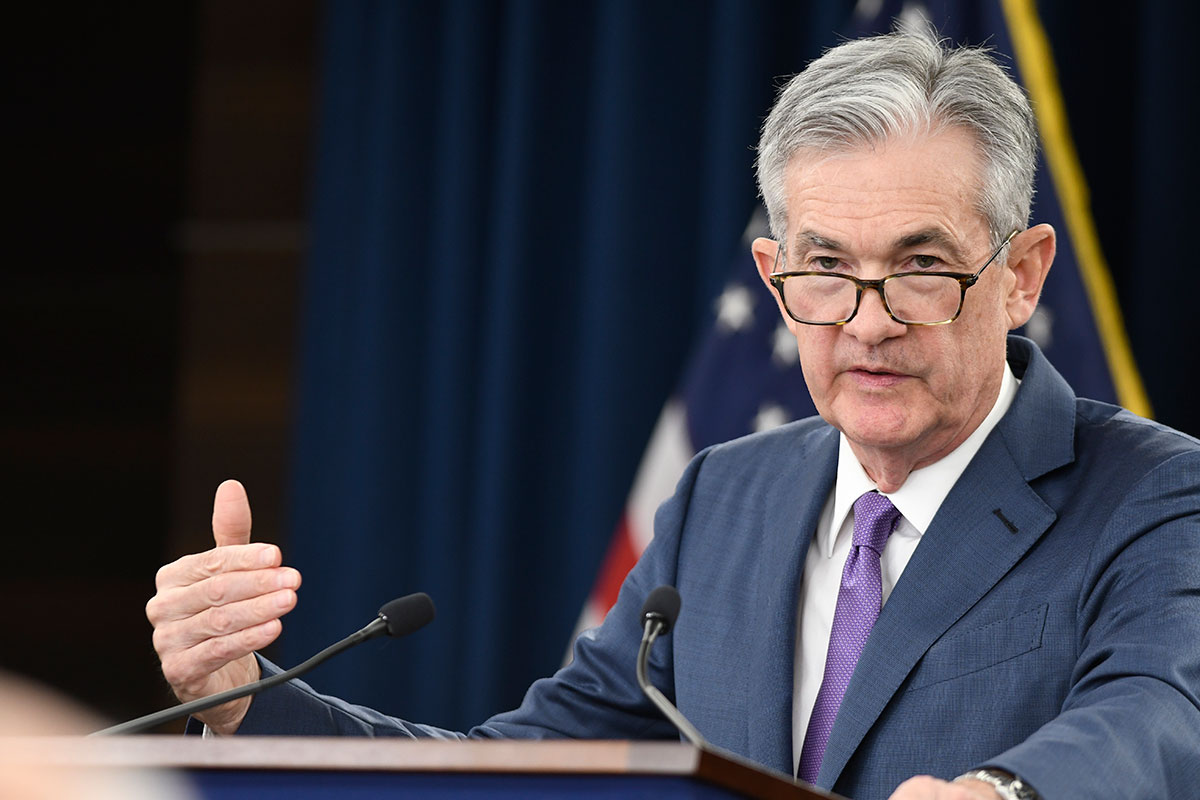Is the Fed more concerned about inflation than bank messes?

The Fed looks more at persistent inflation than at stress on the banking system. The analysis of Tiffany Wilding and Allison Boxer, PIMCO economists
At its March meeting, the Federal Reserve raised its policy rate by 25 basis points while signaling a more cautious outlook as officials grapple with recent tensions in the banking sector and still high inflation . In fact, the Fed statement states that "recent developments could lead to a tightening of credit conditions for households and businesses and weigh on economic activity, hiring and inflation". Fed officials also warned that they may hang around after this hike, saying further policy tightening "may" be appropriate, rather than "will" be appropriate as stated in the earlier February statement.
Rising interest rates and increased caution about the outlook reflect the Fed's ongoing balancing act. On the one hand, central bankers try to manage inflation expectations by underlining their continued determination to fight inflation, but on the other, they must recognize that the risks of a recession have increased due to tight financial conditions and banking sector stress hampering the economy.
Broadly, we believe tensions in the banking sector will slow economic activity, demand and eventually inflation, requiring less Fed intervention to tighten financial conditions sufficiently. As a result, the Fed is likely nearing the end of its hike cycle. However, we note that keeping policy at tight levels is different from starting the process of normalizing or even easing policy. In fact, the timing and speed of any rate reduction cycle will depend on the evolution of inflation and the risks to financial stability over time.
Stronger-than-expected macro data at the start of the year
The economic backdrop changed rapidly and significantly in the weeks and days leading up to the March Fed meeting. After the Fed slowed the pace of rate hikes at its previous meeting (by 25 basis points), economic activity data for February and March pointed to stronger-than-expected growth. First, fourth quarter inflation data, which previously showed a more pronounced moderation in the US inflation rate, has been revised upwards. Second, the US economy continued to add jobs at a well above-trend rate, adding more than 800,000 jobs in the first two months of the year alone.
Finally, economic activity indicators suggested that consumption and manufacturing activity accelerated again in 2023, after having closed 2022 on a weak footing. Against this backdrop, Fed Chairman Jerome Powell used his semiannual monetary policy testimony to Congress in early March to open the door for a 50bp rate hike. The situation quickly turned around when, a few days later, Silicon Valley Bank (SVB) was faced with a bank run. The attention of policymakers shifted to the extent to which the chaos of the banks – and of the credit they intermediate – would alter the economic outlook.
A dove booster
Faced with these mixed challenges, the Fed raised the fed funds rate by 25 basis points, but also signaled caution and data dependency amid heightened uncertainty. The forward guidance which envisaged "continuous" rate hikes was eliminated, while Chairman Powell stressed that continuous hikes are no longer expected, but that they "might" be necessary.
Fed officials also made minimal changes to the dot plot and economic projections, reflecting heightened uncertainty and various factors clouding the outlook. During the news conference, Chairman Powell emphasized the resilience of the US banking system, but also admitted that Fed officials will closely monitor the extent to which recent developments tighten credit conditions, which could help offset the need for further rate hikes.
Tighter credit conditions increase recession risks
While the failures of SVB and Signature Bank in March may ultimately turn out to be isolated cases, we believe they are likely to lead to a slowdown in credit growth in the broader economy, despite measures taken by politicians to support the banking sector. A massive and systemic deleveraging event (as we saw in 2008) is not necessarily required for the economy to fall into recession; the slowdown in credit growth may by itself represent a significant headwind to GDP growth.
Over time, we believe the mixed challenges Fed officials faced at their March meeting will eventually tip the balance toward weaker growth and lower inflation over time. Smaller regional and community banks are especially important for providing credit to small businesses, which in turn account for about 50% of overall US employment. As the economy slows due to tighter credit conditions, we believe small and medium-sized enterprises (SMEs) are a key channel through which this disruption could impact labor markets and inflation (with some lag). As a result, we believe the Fed is at or near the end of its hike cycle. However, this does not necessarily mean that the Fed will move quickly towards easing. Indeed, the timing and speed of any rate-cutting cycle will likely depend on how quickly the real economy responds to the recent tightening.
This is a machine translation from Italian language of a post published on Start Magazine at the URL https://www.startmag.it/economia/fed-inflazione-banche-tassi/ on Sun, 26 Mar 2023 05:13:16 +0000.
